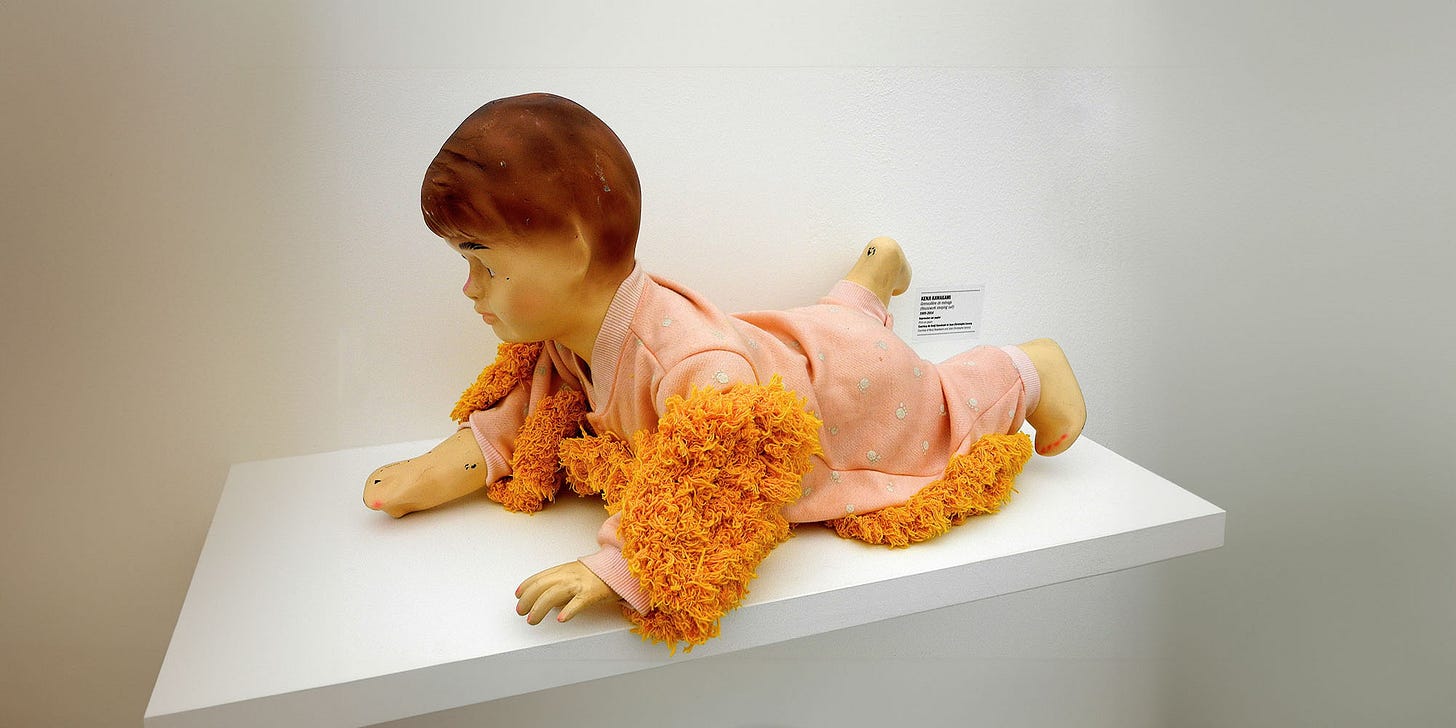Rick Rubin & Chindogu: The Art Of The Rapid Crapotype.
Swapping perfection for progress.
Rick Rubin, uber producer extraordinaire to everyone from The Beastie Boys to Johnny Cash encourages his collaborating musicians to "execute every idea, even the bad ones." His justification being the nullius-filius of "better out than in" and "a problem shared is a problem halved.
It's a theory based on rapid prototyping. The art of getting an idea from out of your head and into yours and someone else's hands as quickly as possible. Making an idea tangible gives that idea life, transforming it from a chin stroking theory into something more practical. Something others can literally pick up and run with.
Rapid prototyping is a shortcut to success and also, more importantly, a tool that reveals the duds. The result of a rapid prototype will always lead to progress. A rapid prototype reveals the warts and all helping a team to decide whether to carry on or move on.
James Dyson made 5000+ rapid prototypes of a bagless vacuum cleaner at his kitchen table before he landed on the one that changed the way humans gathered dust forever. His prototyping spanned decades so maybe the "rapid" part of Dyson's process is not so relevant.
But that's the thing, it's not the quality of the prototype that matters but the quantity. As Rubin suggests "execute everything" and move on.
In the 1990's the editor and inventor Kenji Kawakami coined the term Chindogu as an umbrella term to showcase prototypes to fun solutions which may cause more problems than they solve. Kawakami and his team executed every idea they had, exemplified in their book '101 Unuseless Inventions'. The team created rapid, rudimentary prototypes and then moved on to the next idea, especially the bad ones.
Kenji Kawakami - Master of The Crapotype
The All Day Tissue holder - a toilet roll on a hat.
The All Over Plastic Bathing Suit helped aquaphobes to swim without coming into contact with water.
The Baby Mop was an outfit worn by babies so they clean as they crawl.
The Selfie Stick was a… oh.
This attitude of rapid prototyping led Kawakami and his team to quickly identify which ideas to leave behind and which ideas to pursue.
When prototyping new play themes for LEGO our rudimentary rapid prototypes or 'crapotypes' have been made with pipe cleaners, paper mache and sticky back plastic. Put a rudimentary idea into a child's hand and you get an instant reaction to what works and what doesn't.
Such rapid prototypes gave the team confidence to pursue ideas that combined Lego and ninjas, Lego and animal tribes and Lego with special agents. Combinations that encouraged Lego to create their own IP play themes to transform the Lego Play experience. The art of the Rapid Crapotype led to a customer experience that transformed the Lego ecosystem and business.
Learn to let go of the idea of perfection, embrace the idea of the Rapid Crapotype, follow Rubin's advice and execute everything.
*first published in Creative Review



